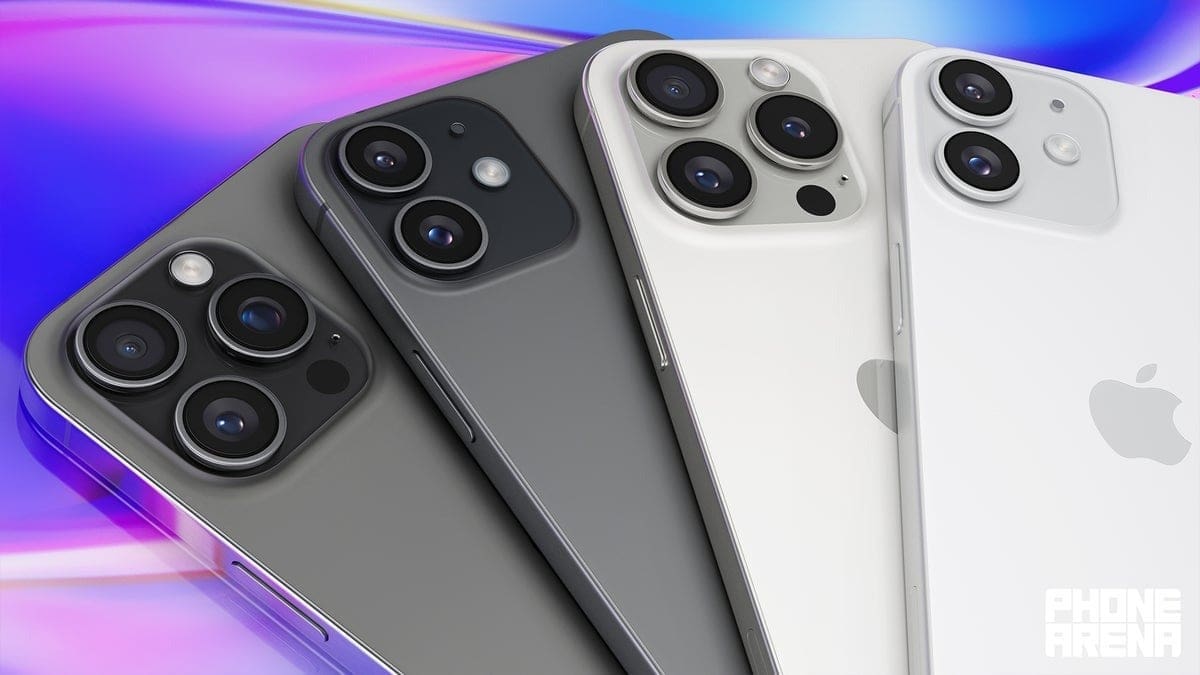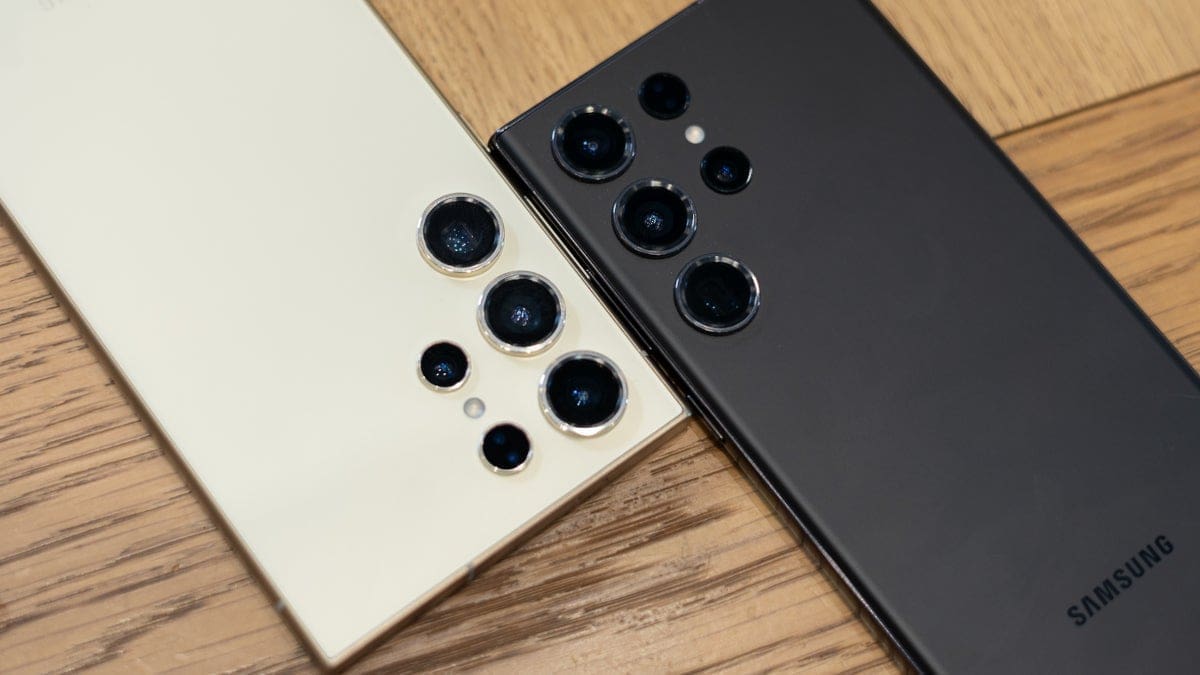Apple’s iPhone journey began back in 2007 with the OG iPhone, leading up to the iPhone 5 in 2012. Over the years, Apple introduced several new models, each bringing something unique to the table. From the larger screen of the iPhone 6 Plus to the nostalgia-inducing iPhone SE, Apple kept innovating and expanding its lineup.
Fast forward to today, and Apple continues to push boundaries with its latest iPhone models. The introduction of the iPhone 12 mini marked a new era for Apple, with four new iPhones released each year. This strategic move by Apple aims to cater to a wider audience while maintaining high average selling prices.
With the launch of the iPhone 15 series, Apple’s commitment to setting its iPhones apart is more evident than ever. The differentiation in screen size, chipset, memory, and features showcases Apple’s dedication to offering a diverse range of options for consumers.
Looking ahead, Apple plans to further fragment its iPhones with the upcoming iPhone 16 series. These new models will not only vary in specs and price but also in software capabilities. The introduction of Apple Intelligence AI suite highlights Apple’s focus on innovation and differentiation within its lineup.
Despite some concerns about fragmentation within the iPhone lineup, one thing is clear – Apple’s strategy is working. By offering a wide range of options and pushing consumers towards premium models, Apple has seen success in increasing sales and revenue.
As we anticipate future developments from Apple, it’s evident that fragmentation will continue to play a significant role in shaping the company’s product strategy. With a focus on innovation and exclusivity, Apple remains at the forefront of technological advancement in the telecommunications industry.









